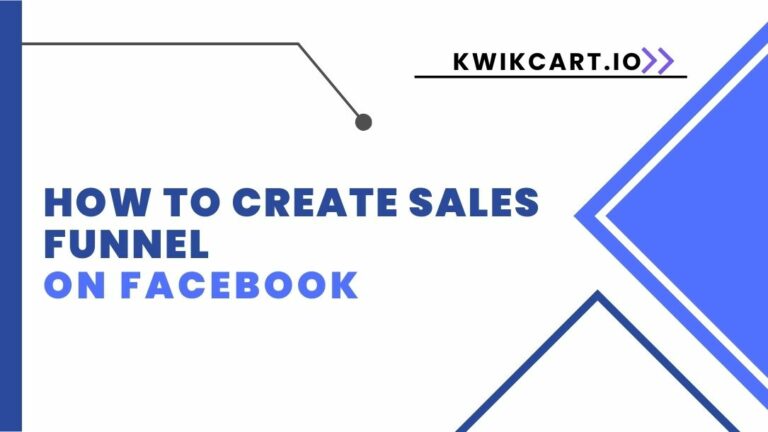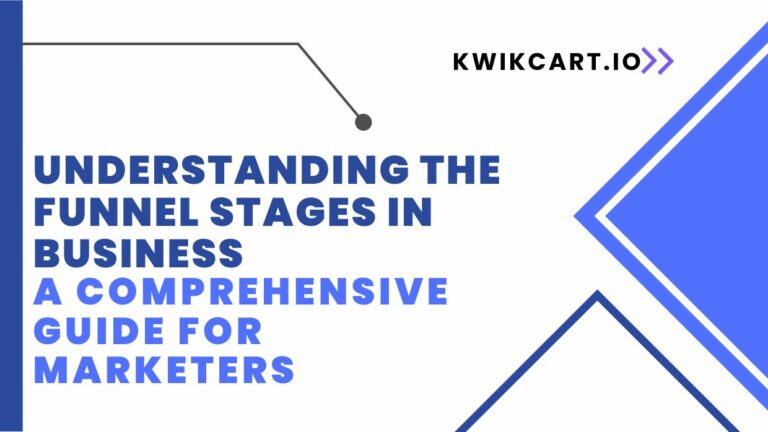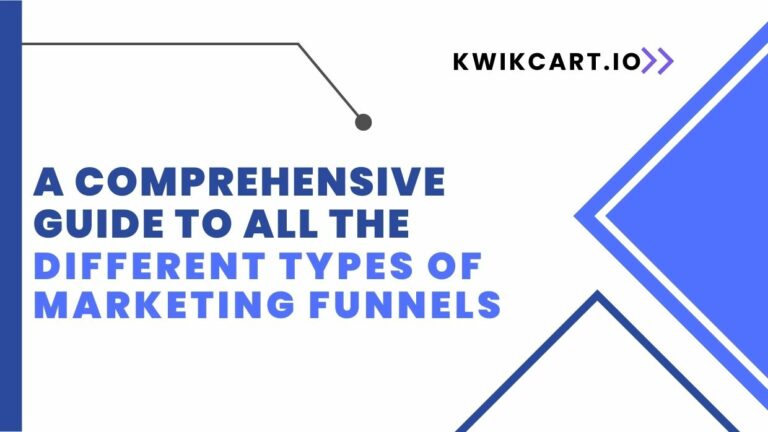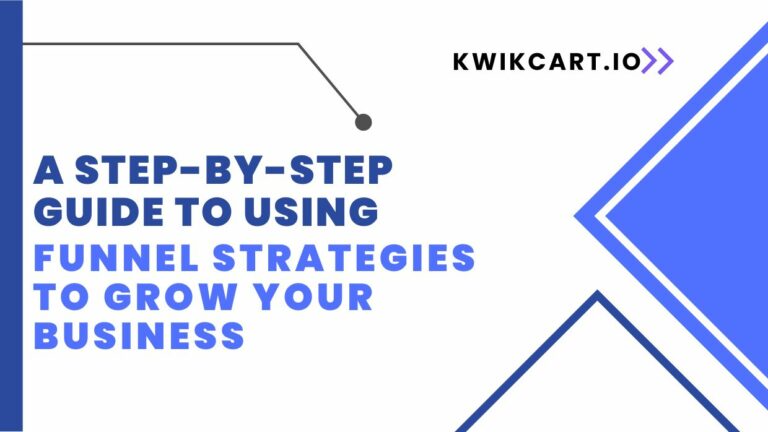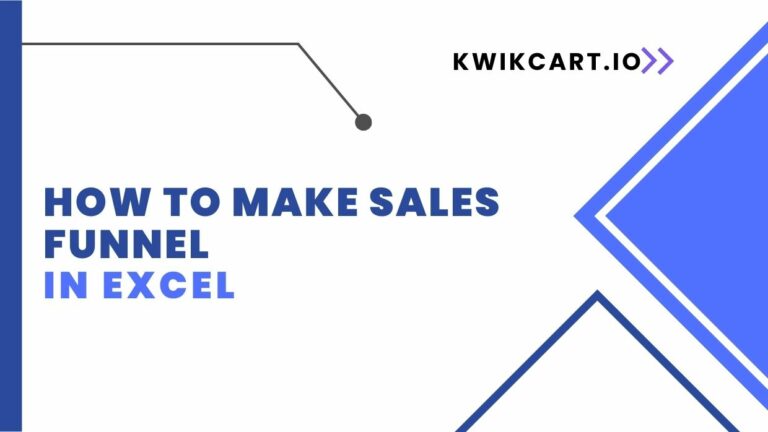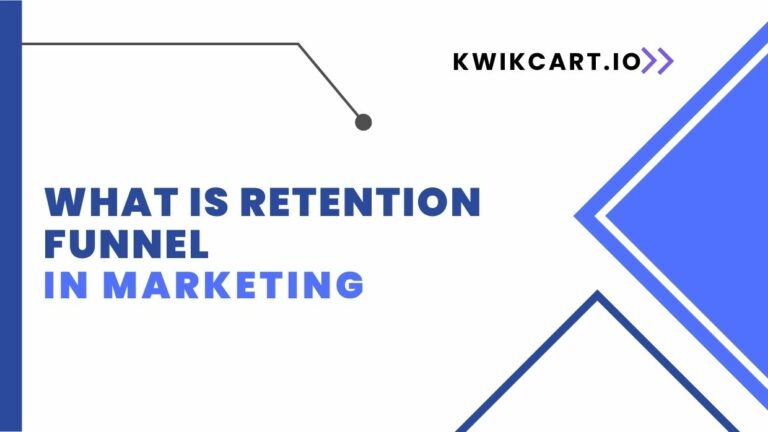What is a Conversion Funnel in Marketing
Welcome to the world of digital marketing, where everything revolves around one ultimate goal – conversion. In order to achieve this goal, marketers use a variety of techniques and tools, among which is the all-important Conversion Funnel! But wait… what exactly is a conversion funnel?
Well, buckle up because in this post we’ll be diving deep into its definition, how it works, and why it’s vital for your marketing strategy success. So whether you’re an experienced marketer or just starting out on your journey toward online success – keep reading to find out everything you need to know about the elusive yet crucial concept of a conversion funnel!
What is a Conversion Funnel?
When you’re running a business, it’s important to track your progress and see where your leads are coming from so you can allocate your resources accordingly. This is where a conversion funnel comes in. A conversion funnel is the path that a potential customer takes from being aware of your product or service to becoming a paying customer.
There are typically four stages to a conversion funnel: awareness, interest, decision, and action. At the awareness stage, the potential customer becomes aware of your product or service. This can happen through marketing efforts such as online ads, social media posts, or word-of-mouth.
At the interest stage, the potential customer is interested in what you have to offer and wants to learn more about it. They may visit your website, read blog posts or reviews, or request more information from you.
At the decision stage, the potential customer has decided whether or not they want to buy your product or use your service. They may compare you to other similar businesses before making their final decision.
Finally, at the action stage, the customer takes action and buys your product or signs up for your service. Once they become a paying customer, they move on to the next stage of their buyer’s journey which is loyalty/retention.
A conversion funnel can be a helpful tool for tracking your progress and understanding where your leads are coming from so you can better allocate your resources. By understanding each stage of the funnel, you can adjust your marketing and sales efforts accordingly to increase conversions.
Read more… Understanding The Funnel Stages In Business: A Comprehensive Guide For Marketers
Components of a Conversion Funnel
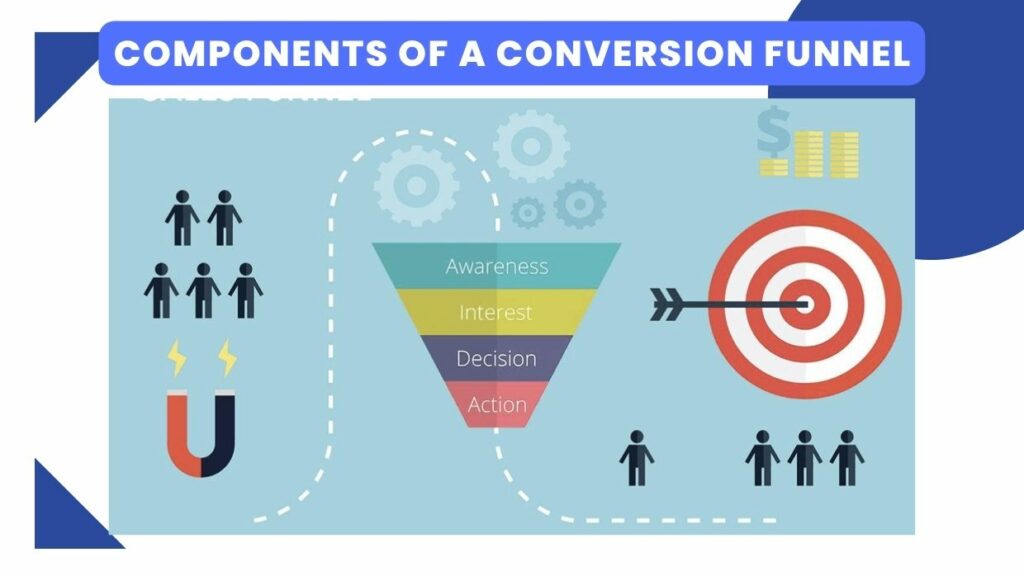
There are three main components to a conversion funnel: the top of the funnel (TOFU), the middle of the funnel (MOFU), and the bottom of the funnel (BOFU).
The TOFU is the first stage of the conversion funnel and is all about generating awareness for your product or service. This is typically done through marketing activities such as content marketing, social media marketing, and search engine optimization.
The MOFU is the second stage of the conversion funnel and is all about generating interest in your product or service. This is typically done through activities such as lead generation and lead nurturing.
The BOFU is the third stage of the conversion funnel and is all about converting leads into customers. This is typically done through activities such as sales and customer success.
A Step-by-Step Guide to Building Your Conversion Funnel
A conversion funnel is a process that businesses use to turn prospects into customers. The funnel is made up of a series of steps that starts with awareness and moves through interest, desire, and action.
- The first step in the conversion funnel is awareness. This is when a potential customer becomes aware of your business and what you have to offer. They may see an ad, read an article, or hear about you from a friend.
- The next step is interesting. Once someone is aware of your business, they need to be interested in what you have to offer. They may visit your website, read your blog, or follow you on social media.
- The third step is desire. At this stage, the prospect wants what you have to offer and is considering becoming a customer. They may request more information, sign up for a free trial, or request a quote.
- The fourth and final step is action. This is when the prospect takes the desired action and becomes a paying customer. They may purchase a product, sign up for a service, or make an appointment.
Learn more… A Comprehensive Guide To All The Different Types Of Marketing Funnels
Measuring & Analyzing Your Conversion Funnel
A conversion funnel is a path that a customer takes from becoming aware of your company to becoming a paying customer. In order to measure and analyze your conversion funnel, you need to track the number of people who take each step in the funnel. This can be done with marketing software that allows you to track conversions from various channels, such as email, paid advertising, organic search, and social media.
Once you know how many people are taking each step in the funnel, you can start to analyze which channels are most effective at driving conversions. You can also look at which steps in the funnel have the highest drop-off rate and work on improving those.
Optimizing Your Conversion Funnel
A conversion funnel is a process that companies use to turn prospects into customers. The goal of a conversion funnel is to get more people to buy your product or use your service.
There are a few key things you can do to optimize your conversion funnel:
- Define your target audience
The first step to optimizing your conversion funnel is to define your target audience. Who are you trying to reach with your marketing message? Once you know who your target audience is, you can create marketing messages and campaigns that speak directly to them.
- Create compelling content
Your content needs to be compelling if you want people to convert. It should be well-written, informative, and persuasive. You need to grab people’s attention and give them a reason to buy from you or use your service.
- Use effective call-to-actions
Your call-to-actions (CTAs) need to be effective in order for people to take action. They should be clear, concise, and tell the reader exactly what you want them to do (e.g., “buy now,” “sign up today,” etc.). Your CTA should also be placed prominently on your website or landing page so that people can’t miss it.
- Make the purchase process easy
The purchase process needs to be easy if you want people to convert. The last thing you want is for someone to get frustrated and give up before they complete their purchase. Make sure your forms are easy to fill out, the checkout process is secure, and there are no hidden fees or delays.
- Test and measure
Finally, it’s important to test and measure different aspects of your funnel to see what works and what doesn’t. You should track the performance of each page in the funnel (e.g., landing pages, product pages, thank you pages) as well as key metrics such as conversion rates and average order values. This will help you identify areas that need improvement and optimize your funnel accordingly.
Tips and Strategies for Improving Your Conversion Funnel
Conversion funnel optimization is the process of improving the performance of your conversion funnel. The goal is to increase the number of conversions (sales, leads, etc.) that you get from your website or other marketing channels. There are a number of different ways to optimize your conversion funnel.
Here are some tips and strategies that can help:
- Make sure your website is designed for conversions. This means having a clear value proposition, easy-to-use navigation, and strong calls to action.
- Use data to understand what’s working and what’s not. Look at your conversion rate data and identify which stages of the funnel are performing well and which could use improvement.
- Test different versions of your funnel. Try changing things like your call to action, copy, or form fields to see how it affects conversion rates.
- Keep track of your results and continue to optimize over time. As you test different changes and see what works, you’ll be able to continually improve the performance of your conversion funnel.
Learn more… A Step-By-Step Guide To Using Funnel Strategies To Grow Your Business
Conclusion
A conversion funnel is a powerful tool in marketing that can help you identify and understand your customers’ journey. By using stages like awareness, consideration, decision, and post-purchase actions to measure customer engagement, businesses can make informed decisions on how best to market their product or service. With a clear understanding of the funnel process, businesses will have an easier time creating campaigns that target specific segments of the audience and increase conversions throughout the buying cycle.


